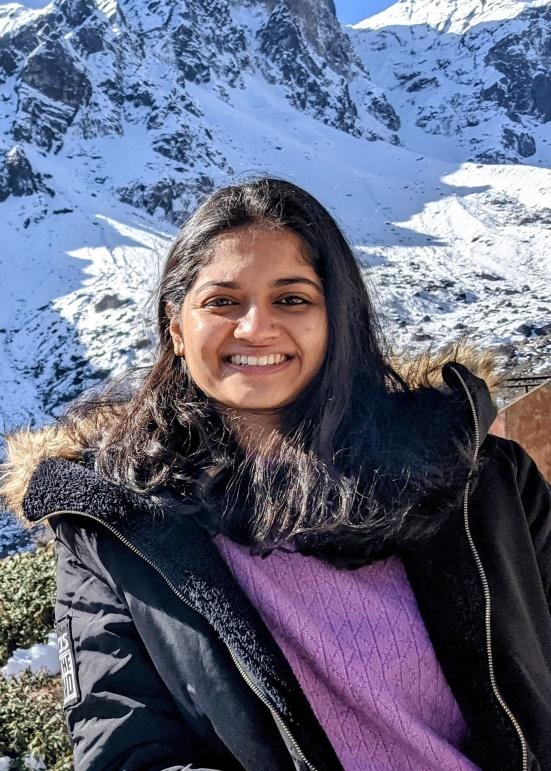About author
Shruti Apte: Shruti Apte graduated from Goa University before moving to Savitribai Phule Pune University to complete her master’s degree in Microbiology. In 2017, she joined IIT Bombay to pursue her doctoral studies under the guidance of Prof. Anirban Banerjee. Her doctoral work focused on understanding the pathogenesis of Streptococcus pneumoniae. Shruti is interested in gaining expertise in the field of Host-Pathogen Interaction and Cellular Immunity.
Sourav Ghosh: Sourav Ghosh was born and raised in Kolkata, “The City of Joy.” He completed his Bachelor’s from Vidyasagar College and Master’s from the University of Calcutta in Biochemistry. In 2019, he joined the Bacterial Pathogenesis lab at IIT Bombay under Prof. Anirban Banerjee. He is interested in exploring the different aspects of cellular immunity in eukaryotic cells. In his spare time, he loves watching football and playing the guitar.
Smita Bhutda: Dr. Smita Bhutda received her B.Sc. (2010) and M.Sc. (2011) in Biotechnology from the University of Mumbai, India. She then joined the National Institute of Research in Reproductive Health (NIRRH-ICMR), Mumbai, India, where she held the position of junior research fellow. Her study was focused on investigating stem cells in the adult mouse ovary, the effect of chemotherapy on stem cells, and their potential to differentiate to regain ovarian function. She received her PhD (2021) in cellular microbiology from the Indian Institute of Technology Bombay, India. Her PhD work was focused on understanding a universal approach of bacterial ubiquitination for sensing diverse intracellular pathogens. Currently, she is working as a postdoctoral fellow with Dr. Roger Greenberg at the University of Pennsylvania (UPenn), USA, in the Department of Cancer Biology. Smita is looking into Homologous Repair (HR) for double-stranded DNA (dsDNA) breaks at the molecular level, with emphasis on disassembly of NHEJ protein complexes.




